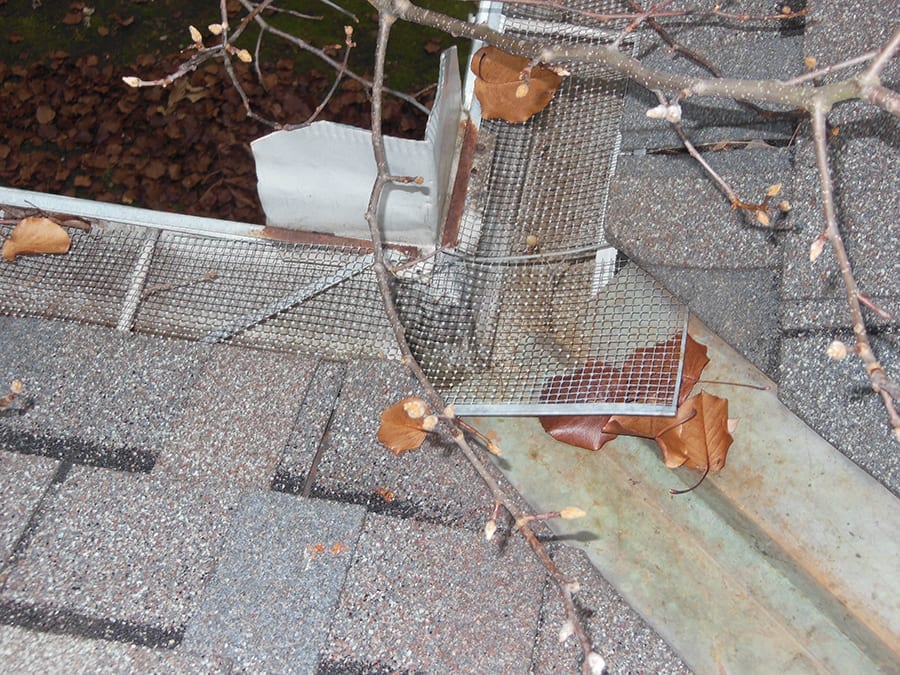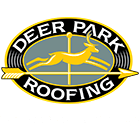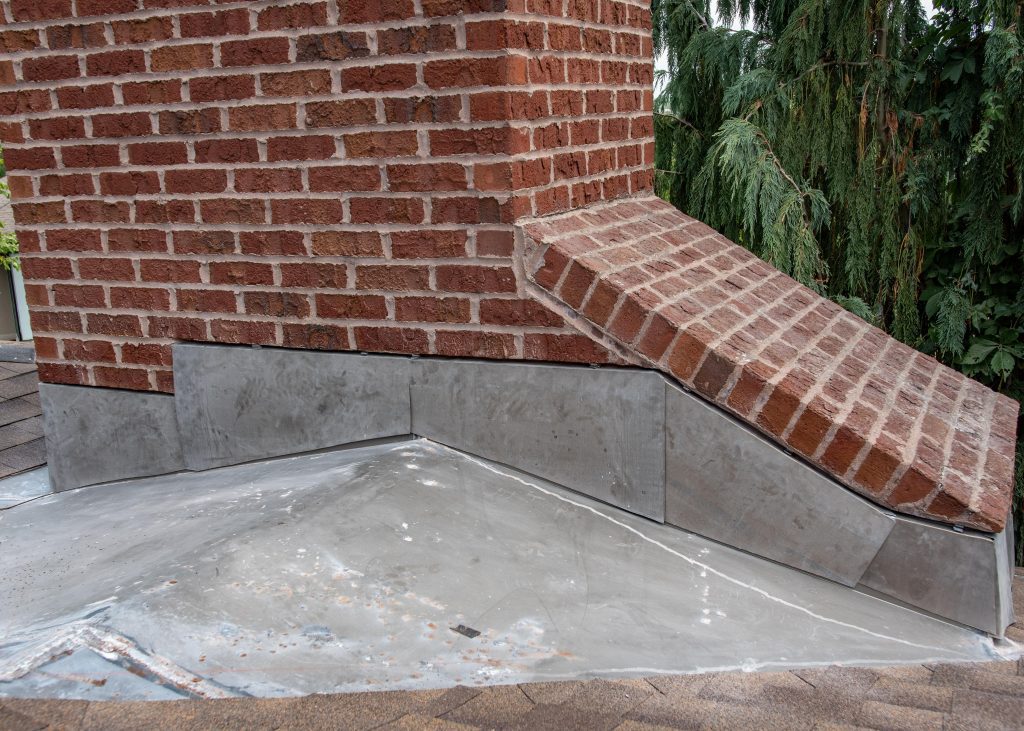
Dissimilar Metals in Roofing Applications
Be Cautious When Using Dissimilar Metals in the Same Roof System
Many different types of metals are used in various roofing materials, flashings, and fasteners. Problems can occur when two different types of metals (also known as dissimilar metals) are used within in the same roof system. Unless the use of different metals is carefully considered and well designed, it is likely that one metal can cause the other to corrode. This process is called galvanic corrosion and it is a type of roof system failure that is not unusual to see in the Louisville area.
The most common example of galvanic corrosion found in a roof system can be seen when steel and copper are used together. A quick and easy explanation of why galvanic corrosion occurs between these two metals can be seen by looking at the chart below depicting the galvanic series. The further apart metals are in the series, the more likely they are to cause corrosion when exposed to water. Steel is a very active metal on the chart while copper is relatively passive. An example of an improper design that is certain to cause metal corrosion would be a copper valley that drains into a steel gutter.

The best way to avoid galvanic corrosion and potential roof failure is to use metals and fasteners that are compatible with one another. For example, when using copper roof accessories, they should be secured with copper (or stainless steel) cleats and fasteners. Another example, aluminum gutters should be installed with aluminum downspouts.
It is important to understand that rainwater contains ions that can react with different metals. Design considerations must be made prior to the installation of a roof system that factor in drainage from the highest point of the roof all the way to the storm drain.
For more information on dissimilar metals in roofing, or for assistance in designing your roof system, contact us.












